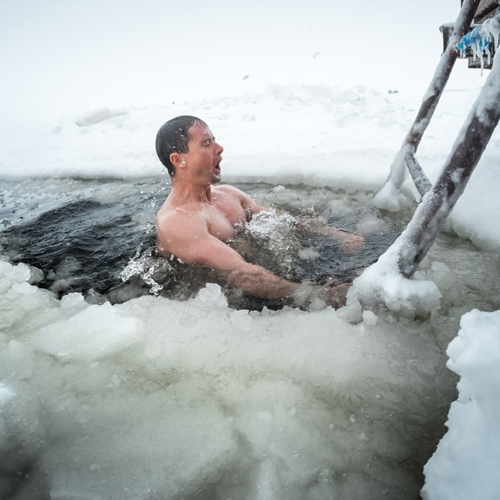Cold truths about ice baths

Ice baths, once reserved for elite athletes, is now a mainstream wellness trend. From fitness influencers to biohackers, more people are plunging into freezing water in search of better skin and a better state of mind. But does the science actually support the hype?
Skin Benefits: Refreshing, but Temporary
Cold exposure can cause blood vessels to constrict, which reduces puffiness and tightens the skin temporarily. This may leave your face looking brighter and more toned, especially right after a plunge. Increased circulation following the cold shock may also help deliver nutrients to the skin.
However, cold water alone won’t fix long-term skin concerns. Overexposure—especially without moisturizing—can dry out the skin or aggravate conditions like eczema. Think of ice baths as a short-term glow booster, not a replacement for skincare basics.
Mood Boost: Backed by Brain Chemistry
The mental health benefits of cold exposure are more compelling. Studies show that cold plunges can trigger a surge in dopamine—up to 2.5 times baseline levels—along with a drop in cortisol, the body’s main stress hormone. This chemical shift can improve mood, reduce anxiety, and increase energy levels for hours afterward.
Cold water immersion also stimulates the vagus nerve, which plays a key role in calming the nervous system. This may explain the clarity and calm many people report after a plunge.
Should You Try It?
If you’re healthy and curious, starting with a 30-second cold shower may be a safe way to test your tolerance. From there, you can gradually increase the duration or try a short ice bath (2–5 minutes). Always listen to your body, and consult a doctor if you have cardiovascular or respiratory conditions.

